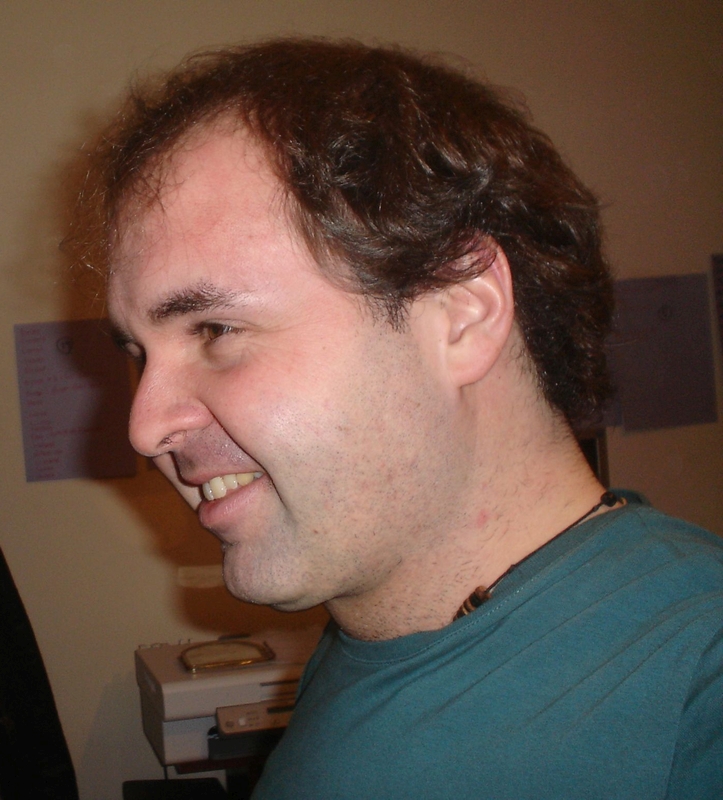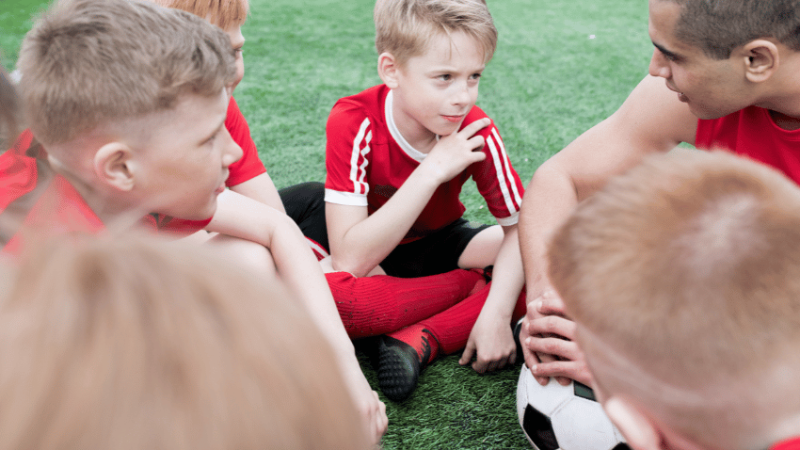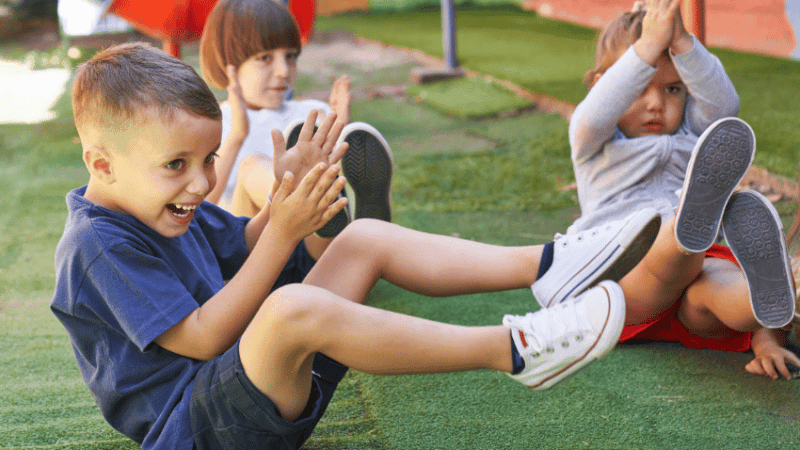‘Time has been cut from PE lessons and it’s narrowing young people’s opportunities’
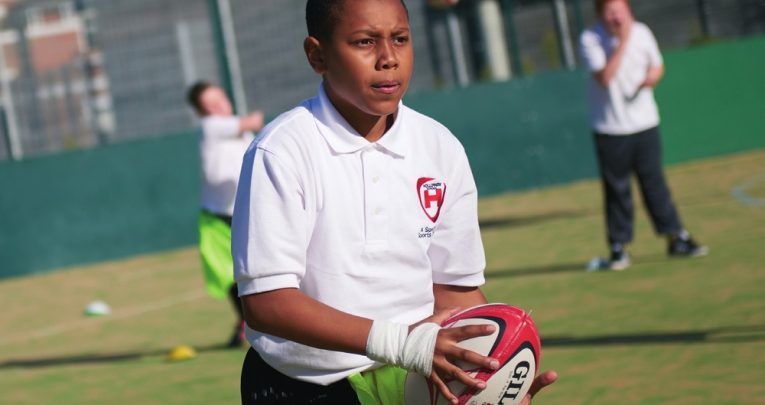
No matter how much emphasis is placed on rigorous academic challenge, schools still need to find time for physical education, says Crispin Andrews…
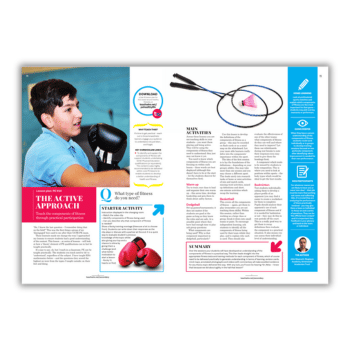
School sport always seems to be on one end of the political see saw.
Anyone old enough to remember the 1970s or before will recall sporting fixtures at weekends, as well evenings – and sometimes during the school day, with teachers from outside the PE department taking practices, and at least four lessons of PE a week.
Then came the 1980s, the Thatcher government, education secretary Kenneth Baker and an ongoing pay dispute which undermined the volunteer culture that had made school sport what it was. By the end of that decade, the national curriculum and all the accompanying paperwork made sure that many teachers no longer had the time nor the inclination to run as much extracurricular sport.
Schools became places where teachers pursued targets, raised academic standards and secured league table points. With all that box-ticking going on, there was no time for sport – at least not until the Blair government came along and ploughed millions into physical education, through various sports colleges and partnership initiatives.
But just when school sport was becoming important enough to have its own league table, a new coalition government arrived and in 2010 – this time for economic reasons – dismantled the school sport infrastructure.
Cutting edges
Six years on, and with a Conservative government now in place, schools are once again being required to narrow their focus onto academic matters. The English Baccalaureate (EBacc) is a school performance measure that allows people to see how many pupils get a grade C or above in the core academic subjects. So that’s maths, English, the sciences, a language and history or geography at GCSE in any government-funded school – but not physical education. And certainly not sport.
Ministers say there’s enough time for other subjects outside of the core areas, but with more boxes needing to be ticked than ever, critics fear that schools will focus on the five core subjects to the detriment of the wider curriculum.
As of yet, there has been little discussion on how the new arrangements will affect school sport. Andy Reed, chairman of the Sport and Recreation Alliance, believes that there is a real danger that PE will be sidelined.
“We believe sport and creative subjects must be included as a sixth pillar of the new Ebacc qualification,” he says. “If they are not, the variety of career pathways open to young people will be restricted, and the development of sporting talent in the UK could be undermined. Over the last four years, the number of pupils taking PE at GCSE level has dropped by a third.”
Despite this lack of uptake, Kevin Barton, head of raising achievement at the Youth Sport Trust fears that the pressure to produce exam results success means that many schools will start to focus more on GCSE PE and less on the practical elements of the subject across all key stages. The former has recently been revamped to include more sports science and a bigger written component and will, Barton suspects, appeal to a smaller number of students.
“It will be ideal preparation for A level PE and further or higher education courses in the sports industry,” he points out. “But 60% of the course is assessed by written examination, so it could become less enjoyable for many young people.”
“There is very little practical in the new PE GCSE,” adds educational consultant Crichton Casbon, a former PE Adviser with the Qualifications and Curriculums Authority. “Some schools are not offering the course at all, because they think it has gone too far away from what the subject should be about.”
“Time has been cut from PE lessons and it’s narrowing young people’s opportunities,” says Kevin Barton. “Some schools are sticking to their principles, but in others you have year 10s and 11s not allowed to take part in extracurricular sport, because they have to attend catch up programmes in English and maths during lunch times, or before and after school.”
The bigger picture
Tarun Kapur, Chief Executive of The Dean Trust, a group of six schools and academies in Manchester, believes that sport must remain a crucial part of what schools do. “Sport is like the arts,” he says. “It encourages children to want to go to school. It helps attainment, punctuality and stops children from constantly being absent.”
Crichton Casbon thinks the immediate future of sport in specific schools is going to depend upon whether or not school leaders see the value of sport. “Some will, and will use it,” he observes. “Others won’t, and in these schools sport will become marginalised.”
Casbon would like to see schools empowered to make their own decisions about how to best encourage their young people to learn. PE is still a statutory subject at key stages 3 and 4 but sport, of course, is not. Should this new, back to basics educational philosophy stick around for the foreseeable future, sports teachers might have to re-evaluate the role of sport in their schools.
“Some schools have already introduced short breaks across the curriculum to make their lessons more physically active,” Kevin Barton says. “Others are looking at how to redesign outside spaces so that more pupils can be physically engaged, and so the spaces are not dominated by ten boys playing football.”
Tarun Kapur thinks that PE and sport could have more of a supporting role in schools over the coming years, with its relevance determined more by how it helps individuals achieve better and more fulfilling lives, rather than by how many young people take part, how many matches school teams win and how many elite athletes are produced.
This is in accordance with a strategy announced in December last year by the Department for Culture Media and Sport. At the grassroots level, DCMS says that it is looking to focus on projects that have a meaningful, measurable impact on improving people’s lives – which could be helping young people gain skills they need for work, tackling social inclusion or improving mental health.
The recently revised Youth Sport Trust strategic plan [PDF], meanwhile, encourages schools to use sport to help young people live better lives and live in better communities. “If you don’t have physical and emotional health and wellbeing right, it doesn’t matter what you do, young people will not achieve,” Kevin Barton concludes.
Crispin Andrews is a freelance writer, and a former teacher and sports coach




